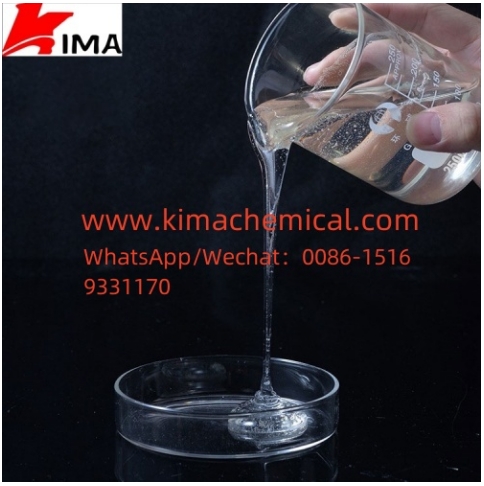HPMC is an excipient widely used in drug formulations with excellent physical and chemical properties and versatility. In the field of pharmaceutical preparations, the selection of HPMC is usually based on the following considerations:

1. Solubility and hydrophilicity
HPMC is a water-soluble polymer that can form a transparent solution in water and is suitable for various aqueous preparations. Its solubility is affected by temperature and substituent content. It is usually used in tablet coatings, sustained-release preparations and adhesives. The release characteristics of the drug can be adjusted by controlling the dissolution rate.
2. Controlled release characteristics
HPMC is one of the most commonly used sustained-release excipients and is particularly suitable for the preparation of oral sustained-release tablets and capsules. It forms a gel layer in the gastrointestinal fluid, preventing water from quickly entering the preparation, thereby delaying the release of the drug. Its viscosity and degree of substitution (such as methoxy and hydroxypropoxy content) are key factors in determining the drug release rate.
3. Film-forming properties
HPMC has excellent film-forming properties and is an ideal choice for tablet and granule coatings. Its film is uniform, smooth, and has a certain toughness and adhesion, which can protect the drug from moisture, light and oxygen. At the same time, the film-forming properties can also be used to mask the bitter taste of the drug and improve the patient's medication compliance.
4. Non-toxicity and biocompatibility
HPMC has good safety and biocompatibility and is widely used in oral and topical preparations. As a non-ionic polymer, it is not absorbed or metabolized in the body, and has low toxicity, meets the pharmacopoeia standards, and meets food grade and pharmaceutical grade requirements.

5. Adhesive properties
HPMC is used as a binder in tablet production to improve the fluidity and compressibility of particles, thereby improving the hardness and disintegration properties of tablets. Especially in wet granulation, HPMC ensures particle uniformity and enhances the mechanical strength of tablets through its adhesive ability.
6. Adjustability of solution viscosity
The viscosity of HPMC varies with the change of molecular weight, and formulation developers can choose HPMC varieties with different viscosities according to specific needs. For example, high-viscosity varieties are often used in sustained-release preparations, while low-viscosity varieties are more suitable as thickeners for suspensions.
7. Wide range of uses
HPMC is suitable for a variety of dosage forms, such as tablets, capsules, emulsions, gels, etc. In tablets, it can be used as a disintegrant and controlled-release matrix; in capsules, it is the main component of plant capsule shells; in topical preparations, it can be used as a thickener and stabilizer.
8. Stability and processability
HPMC has excellent physical and chemical stability and is not easily affected by temperature, humidity and pH, so it can ensure the long-term stability of the preparation. In preparation production, it has good processability and is suitable for conventional wet granulation, dry granulation and direct tableting processes.
9. Specific application examples
Sustained-release tablets: HPMC is used as a skeleton material to extend the duration of drug efficacy by adjusting the drug release rate.
Coating material: HPMC coating can enhance the appearance of tablets, protect active ingredients, and improve drug stability.
Plant capsule shell: Replaces animal-derived gelatin and is suitable for vegetarians and patients with specific dietary needs.

The selection of HPMC requires comprehensive consideration of drug properties, formulation design goals and production processes. Its versatility, good safety and stability make it one of the indispensable excipients in modern pharmaceutical preparations.
 English
English 日本語
日本語 français
français Deutsch
Deutsch Español
Español italiano
italiano русский
русский português
português العربية
العربية Türkçe
Türkçe Nederland
Nederland






